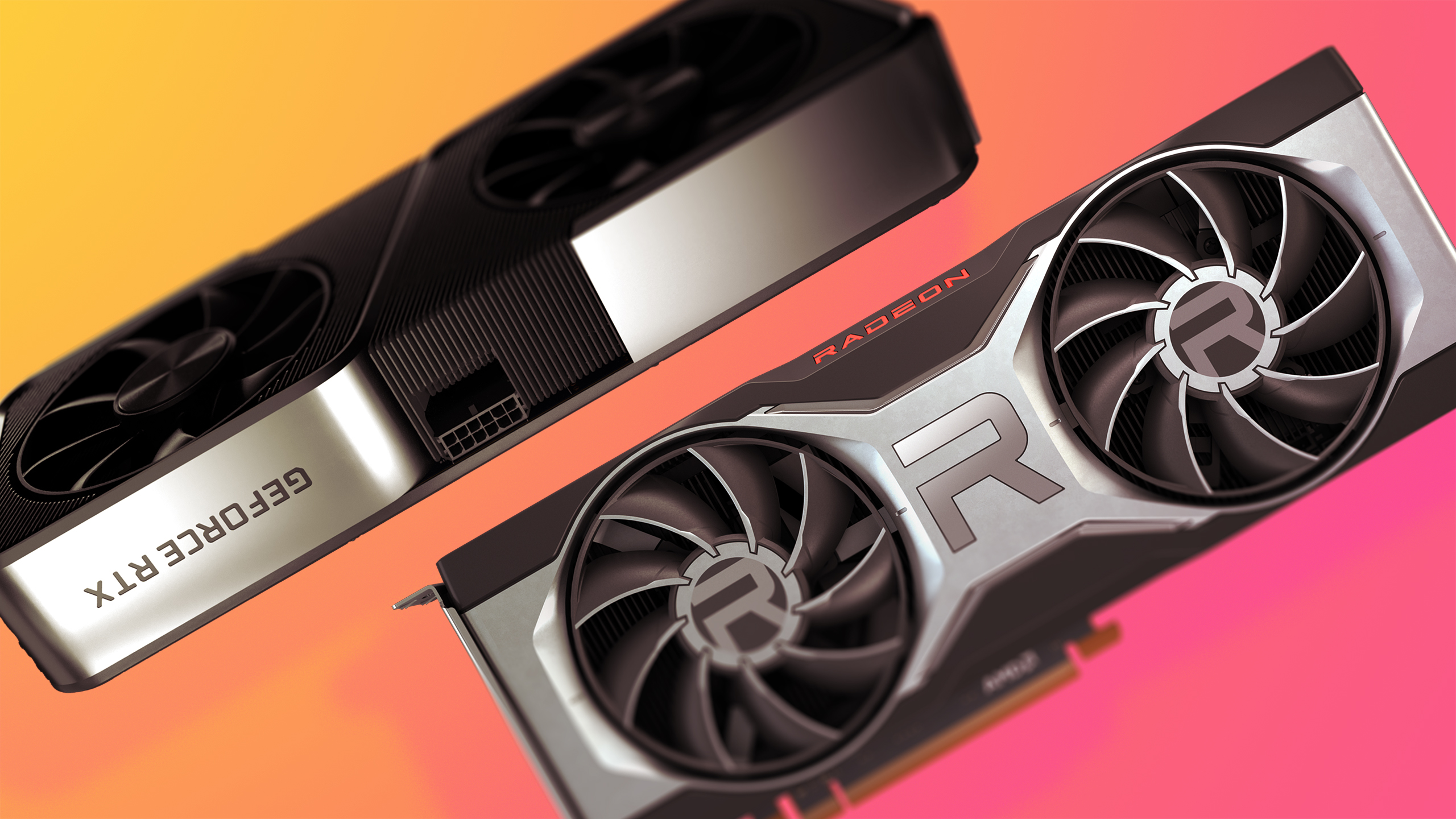Nvidia’s next generation Lovelace architecture may not differ all that much from Ampere

Every day brings us closer to the launch of next generation video cards. The RX 6000 series and Nvidia RTX 30 series have been with us for well over a year, and we’re looking forward to what’s coming next. Well known leaker Greymon55 loves a good tease and his latest tweet indicates that the fundamental architecture of the upcoming Lovelace, or RTX 40 series GPUs isn’t all that different from those of current Ampere RTX 30 GPUs.
The Lovelace architecture doesn’t change much.February 5, 2022
Don’t assume that this is a disappointing rumor though. Nvidia RTX 30 series cards are manufactured on Samsung’s 8nm process which is a derivative of its 10nm node. This puts Nvidia at a disadvantage compared to AMD’s use of TSMC’s 7nm node. This is part of the reason why Nvidia is unable to achieve clock speeds as high as AMD’s.
Next gen GPUs from Nvidia and AMD are expected to use TSMC’s 5nm node. If all other things are considered equal, this will allow Nvidia to claw back some of its current disadvantage. The shift to a smaller and denser node will allow Nvidia to pack in many more shader clusters, so even if Lovelace doesn’t change a whole lot, a higher clocked card with 50 percent or more shaders would still be a force to be reckoned with.

(Image credit: Future)
How to buy a graphics card: tips on buying a graphics card in the barren silicon landscape that is 2022
Of course, Greymon55 doesn’t say Lovelace changes nothing, so clock for clock, RTX 40 cards will certainly be faster than RTX 30 cards. We can expect more CUDA cores, ROPs, Tensor cores and RT cores at higher clocks with possibly more bandwidth. That’s not exactly a bold prediction, but we’re still many months out from the launch. RTX 40 cards will no doubt fly off the shelves.
RTX 40 Lovelace cards will go head to head with AMD’s RDNA3 cards, and these appear to be radically different from RX 6000 cards, with a multi-chip module design almost certain. The next great battle in the never-ending GPU wars is set to begin later in 2022.

